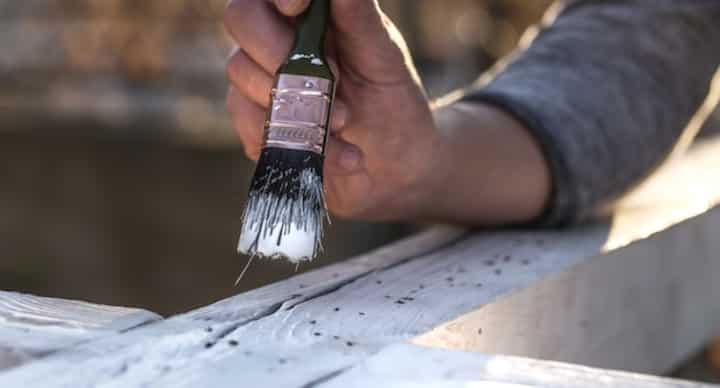
Essential Guide to Foundation Underpinning Methods
Foundation underpinning is a critical technique used to strengthen and stabilize the foundations of buildings and other structures. As buildings age or when they are subject to geotechnical issues, underpinning becomes necessary to ensure their safety and longevity. It involves extending the depth or breadth of the foundation to transfer the building load to more stable soil. This article presents an essential guide to various foundation underpinning methods, helping property owners and construction professionals make informed decisions.
Traditional Mass Concrete Underpinning
The traditional mass concrete underpinning method, also known as the pit method, is one of the oldest and most common underpinning techniques. This method involves excavating segments of the existing foundation and filling them with concrete to enhance stability.
- Cost-effective and straightforward process.
- Suitable for shallow underpinning depths.
- Time-consuming and may not be ideal for deep foundations.
Beam and Base Method
The beam and base method involves constructing a reinforced concrete beam below or above the existing foundation. The load of the structure is transferred through the beam to concrete bases strategically located beneath the beam.
- Provides flexibility to underpin specific sections.
- Effective for structures requiring minimal movement during underpinning.
- Complex design and requires precise execution.
Explore further insights here.
Mini-Piled Underpinning
Mini-piled underpinning is widely used in situations where access is restricted or where environmental considerations are paramount. This method involves driving small-diameter piles deep into the ground to transfer the load of the structure.
- Suitable for deep foundations and weak soil conditions.
- Less intrusive with minimal vibration during installation.
- Requires specialized equipment and expertise.
Learn more in this detailed guide.
Jet Grouting
Jet grouting is an advanced underpinning method that involves injecting a high-pressure grout mixture into the soil to form a cemented column beneath the existing foundation. This method is highly versatile and adapts to various ground conditions.
- Ideal for underpinning in limited space and urban environments.
- Offers high strength and durability.
- Complex process requiring skilled professionals and detailed planning.
Find additional information here.
Conclusion
Selecting the right underpinning method requires a thorough understanding of the site's geotechnical conditions, the structural requirements, and the available budget. Each method has its advantages and limitations, making it essential to evaluate the specific needs of the project. Consulting with experienced structural engineers can provide valuable insights and guidance in choosing the most appropriate underpinning technique. For more comprehensive information on foundation underpinning and related services, read more about this topic.